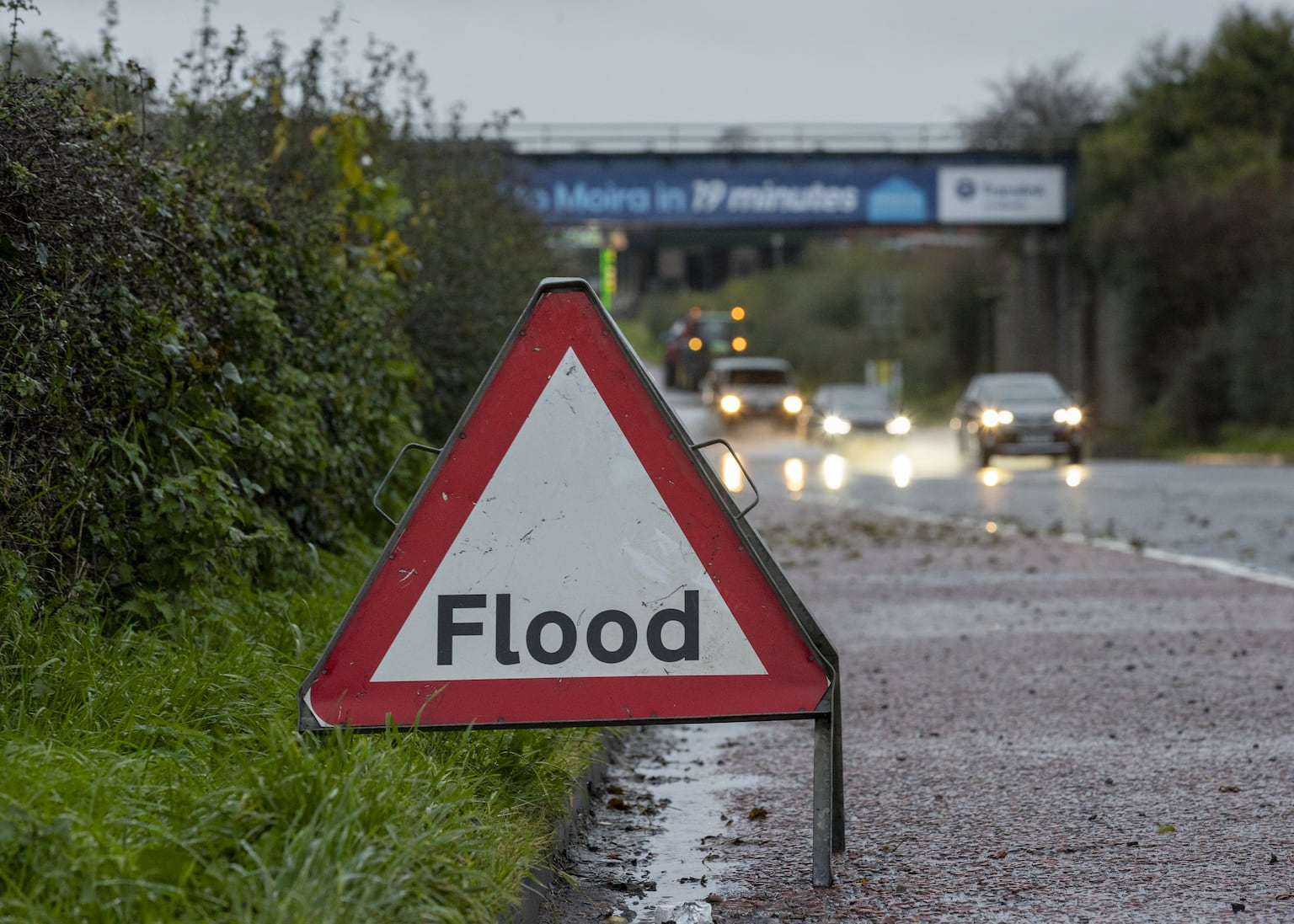Severe Underfunding of Flood Defences Puts Communities at Risk
Flood defences across certain regions are facing a critical funding shortfall, leaving homes and businesses vulnerable to the increasing threat of flooding. Recent data indicates that millions of pounds are missing from essential flood management budgets, raising serious concerns about the safety of communities in high-risk areas.
In Northern Ireland, parts of the region experienced an extraordinary amount of rainfall over a short period. Forecasters reported that more than 85% of the average July rainfall fell within just 24 hours, far exceeding normal levels. This extreme weather event highlights the growing risks associated with climate change and the urgent need for improved infrastructure.
Authorities have issued warnings about heavy rain affecting large areas of Ireland, following a night of intense downpours. The situation has been exacerbated by the fact that officials received only £2.3 million of the £8 million required to maintain existing flood defences, according to the latest publicly available figures from the 2023/24 financial year. This was one of the worst years on record for flooding, underscoring the severity of the issue.
Evidence presented to a committee in March 2024 revealed that the Department for Infrastructure had to cut £3.7 million from flood management services during that financial year. The £8 million requirement, outlined by the department in November 2023, included £2 million allocated for the development of a flood forecasting centre designed to predict river levels during heavy rain. However, this system remains unimplemented, further compounding the problem.
The recent rainfall events have led to localized flooding in several areas, including parts of Northern Ireland and the island of Ireland. In Co Down, Killowen recorded 68mm of rain since 5pm on Sunday, the highest amount of rainfall across the UK. Murlough in the same county saw 60mm of rain, which is 87% of its July average of 69mm. These figures highlight the alarming frequency and intensity of such weather patterns.
In Fermanagh, flooding affected key roads such as Marble Arch Road, Florencecourt, and Sligo Road in Enniskillen, which were described as impassable by police for a time. These incidents demonstrate the immediate and tangible impact of inadequate flood defences on daily life and local economies.
Mark H Durkan, the SDLP’s infrastructure spokesperson, has called for urgent action to address the growing crisis. He emphasized that the lack of funding is causing significant harm to communities already affected by flooding. “Every time an area is badly impacted, houses are destroyed and lives are devastated,” he said. “It’s hard to understand the psychological toll it takes on people, and every time it rains, they panic, fearing a repeat. Yet, they see little action from Stormont.”
Durkan also pointed out that climate change is likely to increase the frequency of such events, leading to heightened anxiety in flood-prone areas. “We need to emphasize the urgency of addressing this issue,” he said. “If something isn’t done because the money isn’t there this year, it will be more expensive next year.”
He added that the executive government needs to take a proactive approach rather than reacting only after a disaster occurs. “The only time they’ve prioritized flooding is after a place has been flooded. There’s a lot of talk, a lot of clamour, and then nothing,” he said. This pattern of delayed action and insufficient investment continues to leave communities exposed to preventable risks.







